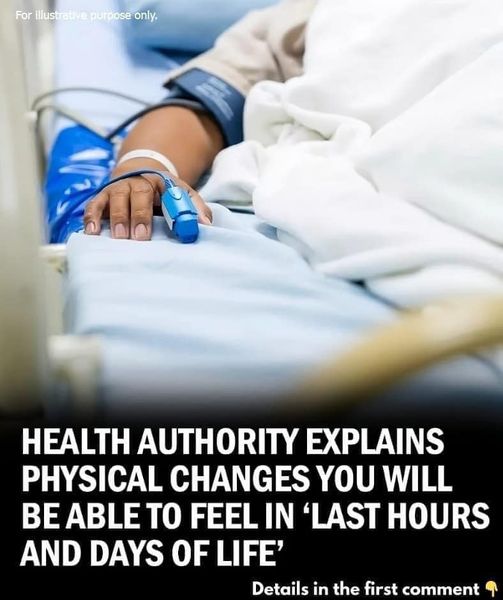The idea of using body cameras has typically been associated with the police force, with discussions revolving around accountability and privacy concerns. However, this conversation has now extended to the field of education, as some propose that teachers should also wear body cameras to monitor their interactions with students.

While there are arguments in favor of this proposal, it is important to consider the ethical, practical, and privacy aspects before making any decisions.
The Benefits of Body Cameras in Education
Supporters of body cameras in education argue that they can promote transparency within the system. These devices could act as a tool for parents to observe their child’s behavior in the classroom, understand the learning environment, and ensure that the interactions between students and teachers are appropriate and effective. Additionally, they could assist administrators in evaluating and supporting teacher performance.
- Transparency and Accountability
One of the main advantages of using body cameras in education is the potential increase in transparency and accountability. Just as body cameras provide a record of police officers’ interactions, they could also offer insights into classroom dynamics, ultimately holding both students and teachers accountable for their actions.
- Parental Involvement and Peace of Mind
By providing parents with access to video footage, they can become more involved in their children’s education. This allows them to have a glimpse into their child’s school day, reassuring them about their safety and the quality of education they receive.
- Professional Development and Improvement
Video recordings of classroom interactions can be a valuable resource for teacher training and professional development. Teachers would have the opportunity to review the footage and reflect on their teaching strategies and classroom management skills to make necessary improvements.
Concerns and Challenges
Despite the potential benefits, there are several challenges associated with the use of body cameras in education. Privacy is a paramount concern, especially considering that minors would be recorded. Additionally, recording an entire school day raises questions about the practicality of such a system and who should have access to the recordings.
- Privacy Concerns
Introducing body cameras in classrooms raises significant privacy issues. Students and teachers have a reasonable expectation of privacy in educational settings, and constant surveillance could infringe upon that. It is important to consider the impact this might have on the learning process and the feeling of being constantly watched.
- Data Management
Managing the storage, access, and privacy of the large amount of video data generated by body cameras is a complex task. Policies need to be in place to determine who can view the recordings and under what circumstances. This ensures that data is handled responsibly and that privacy is protected.
- Misinterpretation and Lack of Context
Video footage can sometimes be misleading when taken out of context, leading to misinterpretation of interactions. Teaching is a nuanced profession, and without a full understanding of the pedagogical strategies used, footage can be easily misunderstood by observers.
- Financial and Practical Implications
Equipping teachers with body cameras, maintaining the technology, and managing the data will come with a significant financial burden. It is essential to consider whether these resources could be better allocated elsewhere in the field of education.
Conclusion
While the idea of increasing accountability in the education system is commendable, implementing body cameras for teachers involves significant challenges. Any decision to adopt this technology must carefully consider the privacy of students, the professional autonomy of teachers, logistical feasibility, and the ethical implications of constant surveillance.
It is crucial to conduct a thorough analysis and consultation with all stakeholders, including teachers, administrators, parents, and students, to ensure that the educational environment’s integrity and foundational principles are protected.





